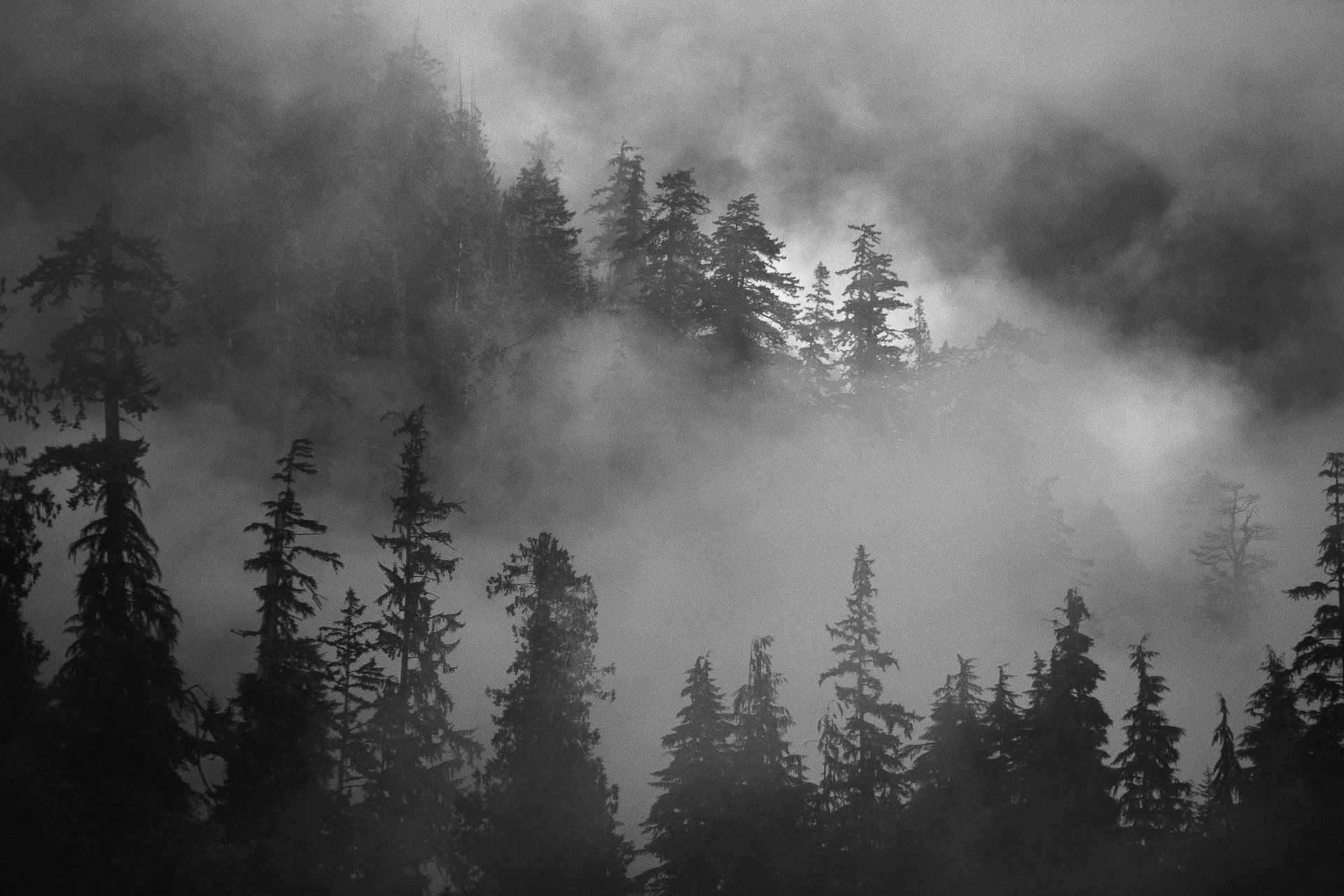Crafting Horror with Nostalgic Reflections
- Jay Whales

- Oct 24
- 4 min read
Let’s cut the crap and get straight to it. Horror isn’t just about blood, guts, and jump scares. It’s about feeling something deep and raw. And one of the most underrated ways to do that? Nostalgia. Yeah, that warm, fuzzy feeling you get when you think about the past. But here’s the kicker - when you mix that with horror, you get a cocktail that punches you in the gut and makes you question everything you thought was safe and sound. I’m talking about crafting horror with nostalgic storytelling techniques that don’t just scare but haunt you long after the last page.
Why Nostalgic Storytelling Techniques Work in Horror
Nostalgia is a sneaky little bastard. It lulls you into a false sense of security. You remember the good old days, the simpler times, the smells, the sounds, the places you thought were safe. Now, imagine twisting that comfort into something sinister. That’s where the magic happens.
When you use nostalgic storytelling techniques in horror, you’re not just telling a scary story. You’re tapping into memories and emotions that are already wired into your brain. It’s like taking a childhood blanket and turning it into a noose. The contrast between comfort and terror makes the horror hit harder.
Think about it. How many horror stories have you read or watched where the setting is an old house, a childhood neighborhood, or a familiar school? That’s not a coincidence. It’s a deliberate choice to mess with your head by turning the familiar into the freaky.
Practical Tips for Using Nostalgia in Horror
Use familiar settings: Old homes, abandoned schools, playgrounds at dusk. Places that evoke memories but can be twisted.
Invoke sensory details: Smells like fresh-cut grass, the creak of a wooden floor, the flicker of a streetlamp. These details ground the reader in a time and place.
Play with time: Flashbacks, memories, or stories within stories can deepen the nostalgic feel.
Contrast innocence with horror: Kids’ toys, lullabies, or family dinners gone wrong. The clash makes the horror more unsettling.

How to Nail Nostalgic Storytelling Techniques Without Being Cheesy
Look, nostalgia can be a double-edged sword. Go too soft, and you’re writing a Hallmark card. Go too heavy, and it feels like a cheap gimmick. The trick is to keep it real and raw. Don’t sugarcoat the past. Show the cracks, the dirt, the weirdness. Life wasn’t perfect, and neither should your nostalgic horror be.
Here’s how to keep your nostalgic horror authentic:
Be specific, not generic: Instead of “old house,” say “the peeling wallpaper in the hallway where the light bulb flickered every night.”
Use flawed memories: People don’t remember everything perfectly. Let your characters misremember or twist their past.
Inject personal quirks: Maybe your character hated the smell of grandma’s perfume or the sound of the ice cream truck. These little details make nostalgia feel lived-in.
Avoid clichés: No “haunted doll” or “creepy clown” unless you’re flipping the trope on its head.
The goal is to make readers feel like they’re stepping into a memory that’s just a little off - like the past is watching them back.

The Role of Nostalgic Reflections in Horror Writing
I’m not just throwing around fancy words here. When I say nostalgic reflections, I mean that moment when a character or the narrator looks back on their past with a mix of longing and dread. It’s that bittersweet pause that adds depth to the horror.
You can find more about this concept in nostalgic reflections. It’s a powerful tool because it humanizes your characters. It makes their fear relatable. They’re not just running from monsters; they’re running from their own history.
Here’s how to use nostalgic reflections effectively:
Use them sparingly: Don’t bog down the story with too much reminiscing. Drop these moments like landmines.
Make them emotional: Nostalgia should hit the gut, not just the brain.
Tie them to the horror: The past should inform the present terror. Maybe a childhood trauma is the root of the nightmare.
Use them to build suspense: A character’s memory might reveal clues or foreshadow doom.
This technique adds layers to your story, making it more than just a scare-fest.
Building Atmosphere with Nostalgic Storytelling Techniques
Atmosphere is the backbone of horror. Without it, you’re just describing gore. Nostalgic storytelling techniques are perfect for building atmosphere because they tap into the senses and emotions tied to memory.
Here’s how to crank up the atmosphere using nostalgia:
Set the scene with sensory details: The smell of rain on hot asphalt, the sound of a distant train whistle, the feel of cracked leather on an old jacket.
Use weather and time of day: Twilight, fog, or a thunderstorm can amplify the eerie vibe.
Incorporate old technology: Rotary phones, VHS tapes, or dial-up internet can ground your story in a specific era.
Create contrast: Show a sunny day turning dark or a happy memory turning nightmarish.
Remember, atmosphere isn’t just background noise. It’s a character in itself that shapes how readers experience the horror.

Making Your Horror Stick with Nostalgic Storytelling Techniques
You want your horror to stick in readers’ heads like a bad song they can’t get out of their minds. Nostalgic storytelling techniques help you do that by making the story personal and emotional.
Here’s how to make your horror unforgettable:
Create relatable characters: People who have a past, flaws, and memories that readers can connect with.
Use nostalgia to deepen themes: Loss, regret, fear of growing up, or the decay of innocence.
End with a twist on the past: Maybe the thing your character feared as a kid was real all along.
Leave some questions unanswered: Ambiguity keeps readers thinking and talking.
At the end of the day, horror that uses nostalgia isn’t just about scares. It’s about making readers feel something real and uncomfortable.
If you want to dive deeper into the art of mixing horror with nostalgic storytelling, check out nostalgic reflections. It’s a goldmine for anyone looking to shake up the genre with something fresh and raw.
So, next time you sit down to write your horror story, don’t just think about the monster under the bed. Think about the bed itself - the creaky frame, the faded sheets, the memories it holds. That’s where the real terror lives.































Comments